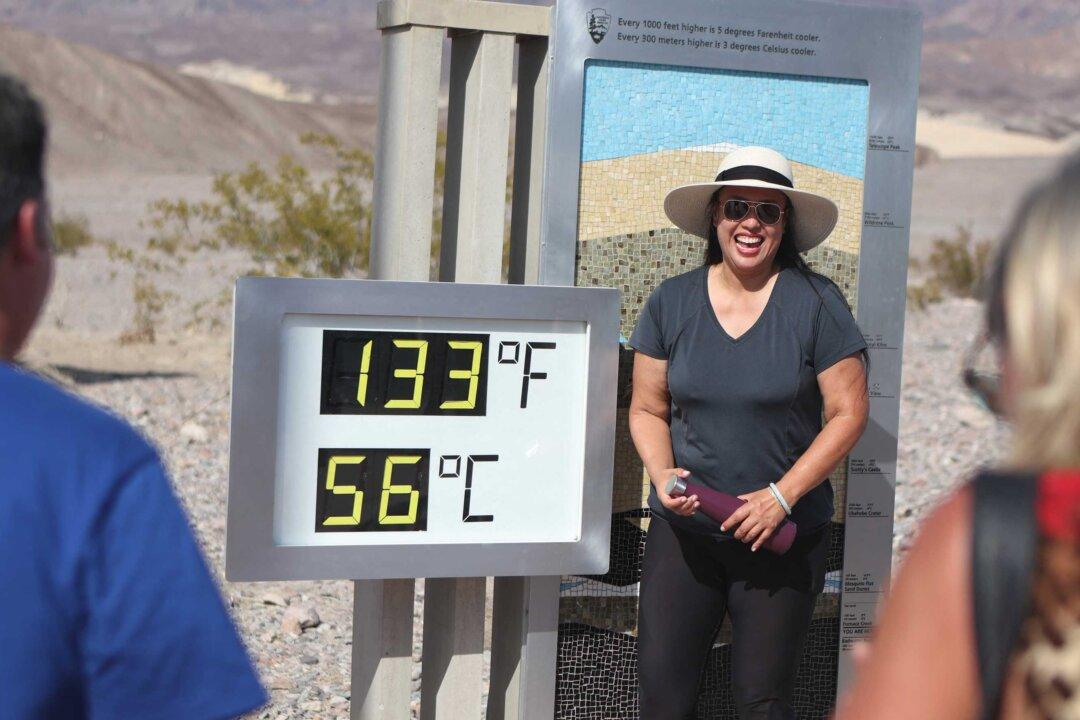More than 100 million people across the United States are sweltering under extreme heat alerts or advisories as an already dangerous heat wave is continuing to affect a broad swath of the country, with temperatures expected to exceed 110 degrees Fahrenheit (43 degrees Celsius) in multiple places this week.
The National Weather Service (NWS) warned on July 16 that the “extremely dangerous heat wave” will last through at least the coming weekend.





